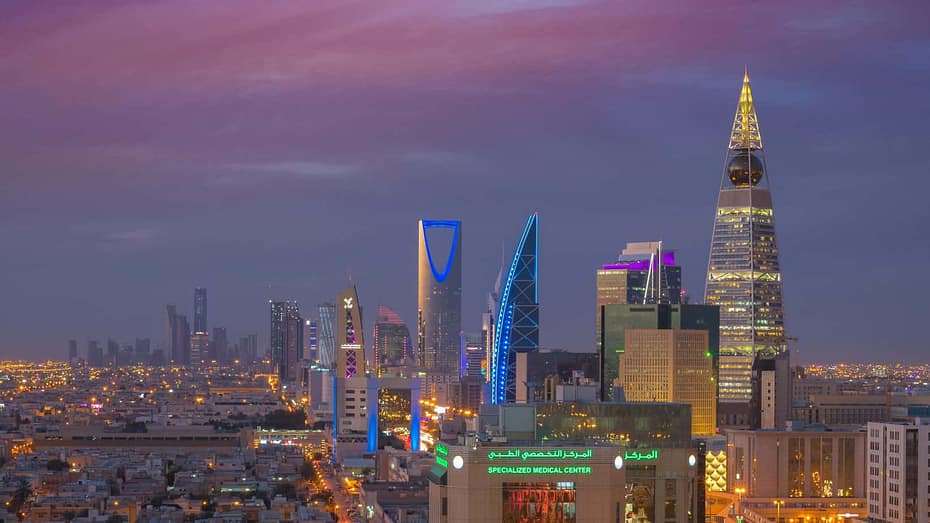What Effect Does Architecture Have on Society? High-Level View
Architecture has served as a symbol of society throughout history, reflecting the ideals, triumphs, and eventual fall of civilizations. We may learn a lot about the people who lived there long before our time from the monumental structures to the homes and buildings that make up a city’s fabric. We are learning about the influence of architecture on people in whole new ways by researching the built environment of the past in conjunction with contemporary studies on psychology and the environment, which raises the question: Just how does architecture impact society?
How Important Architecture Is
The primary purpose of architecture is to construct the physical surroundings in which people live. But it also plays a significant role in our society. It serves as a metaphor for how we see the world and how we see ourselves.
Although the idea of shelter is rather straightforward, the initial architectural designs of structures were influenced by the local climate, the readily available materials, and the social mores of the people who constructed them. The styles changed as the world got more interconnected. Yet even in contemporary architecture, it is crucial to respect cultural quirks in the built environment.
There is also the knowledge that architecture is a discipline unto itself, and one may argue that it is equally crucial for architects to keep pushing the limits of construction in novel directions, for the sole purpose of honing their art.
More Than a Simple Structure
Architecture has a significant impact on its occupants on a personal level in addition to society as a whole. Inhabitant health, mood, and productivity can all be influenced by a variety of factors. Including the space’s layout and material finishes. It has been demonstrated that those who work in well-designed environments are more productive, more focused, and generally add more value to their organizations.
Stress levels increase in sterile, concrete environments and unoriginal structures. People feel more at ease, joyful, and engaged when cities and buildings are designed to combat this. Whether it is through stunning, breathtaking architecture or just a thoughtful connection to nature.
It is difficult to quantify the emotional impact that well-designed architecture has on people. But everyone has experienced entering a space that just feels perfect. It appeals to you on a deeper, subconscious level in addition to being useful. Designing for functionality is important. But it’s also necessary to draw on those feelings because they both relate to the sensation of experiencing architecture. It involves a link between the user and the product, not merely intellectual knowledge.
The Role of Architect Architecture is both an art and a science, incorporating elements of sociology, economics, politics, etc. Before any drawings are ever begun, the design process at INJ Architects involves spending a significant amount of time getting to know the client, the neighborhood, and the setting the building will be in.
We make an effort to draw lessons from prior projects. Including our own as well as other successful endeavors of a comparable scale. Understanding that the places and structures that evoke the strongest emotions in us emerge from the process of gathering and putting all this knowledge and research to use can help you complete projects successfully.
The practice of architecture and its effects on society are both influenced by technology.
Our capacity to instantly speak with everyone on the planet and access global data, research and the proof has fundamentally altered the field. With access to a worldwide workforce and the ability to take on projects across entire continents, architects can include a diverse range of ideas and cultural perspectives in their work. The way we design has also changed as a result of technology. To name a few, computer-aided drafting, BIM modeling, and virtual reality have all made it much simpler to combine vision and reality, produce complex and one-of-a-kind shapes, and communicate information in ways that have never been done before.
We anticipate that technology will continue to have a significant impact on architecture and its influence on society. But we think it’s critical to maintain an understanding of how people interact with the built world. How do we solve, for instance, the increasing economic segregation between neighborhoods within cities? Or how can we use new technologies to react to the needs of refugees or those affected by natural disasters? How can we stop the world’s population from growing at an exponential rate while preserving our cities’ innate yearning to be connected to nature?
There are numerous methods by which architects can advance their profession and adapt to the shifting demands of contemporary society. We simply need to accept the challenge and have faith in our ability to succeed.
More on INJ Architects:
Recycling and Upcycling in Architecture: A Sustainable Choice

